Gambling On Disaster: The Los Angeles Wildfire Example
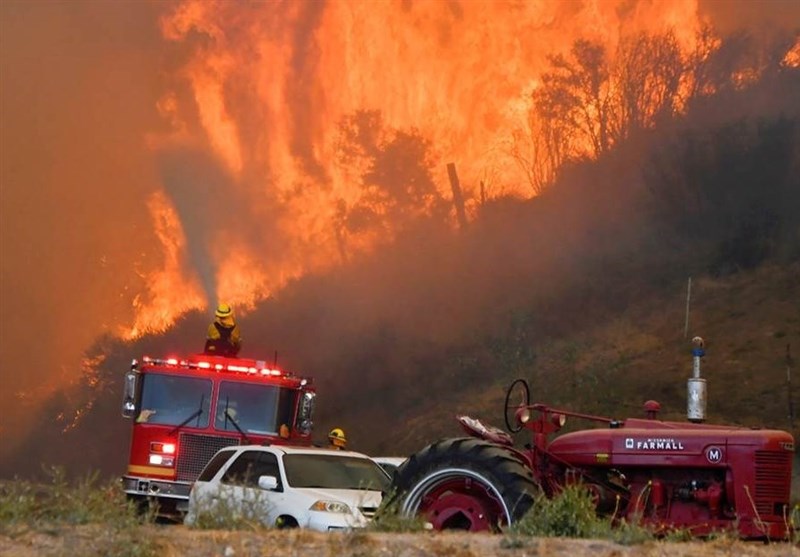
Table of Contents
The Economic Gamble of Wildfire-Prone Development
The economic consequences of building in wildfire-prone areas are substantial and far-reaching. The short-term gains often pale in comparison to the long-term devastation.
Rising Property Values and Development Pressure
Los Angeles boasts some of the most desirable real estate in the world. This high demand pushes development into increasingly risky areas, even those with a documented history of wildfires.
- Increasing land prices: The scarcity of land fuels a bidding war, driving prices higher and incentivizing development in high-risk zones.
- Demand exceeding supply: The persistent demand for housing in Los Angeles outpaces the available land, leading to encroachment into fire-prone areas.
- Insufficient regulation: Historically, regulations haven't always adequately addressed the wildfire risk, allowing development to proceed in hazardous locations.
This pursuit of short-term financial gain ignores the potential for catastrophic losses. The economic allure of high-value properties in desirable locations often outweighs the long-term risks associated with wildfire.
The Cost of Wildfire Damage and Insurance
The financial burden of wildfire damage is staggering. Rebuilding after a wildfire is incredibly expensive, and the costs continue to escalate.
- Insurance premiums: Homeowners in high-risk areas face exorbitant insurance premiums, making homeownership unaffordable for many.
- Rebuilding costs: The cost of rebuilding homes and infrastructure after a wildfire far exceeds the cost of preventative measures.
- Loss of tax revenue for the city: Wildfires destroy taxable property, resulting in significant losses for local governments, impacting essential services.
The affordability crisis in Los Angeles is exacerbated by wildfire risk, placing a strain on already limited resources and pushing vulnerable communities further into precarious situations.
The Impact on the Tourism Industry
Wildfires significantly impact Los Angeles's vibrant tourism industry, a crucial part of the city's economy.
- Cancellations: Wildfires lead to cancellations of flights, hotel reservations, and other tourist activities.
- Lost revenue: The tourism sector suffers substantial revenue losses due to decreased visitor numbers and business closures.
- Negative media coverage: Wildfires generate negative media attention, deterring potential tourists and damaging the city's image.
The ripple effect of wildfires on the local economy is substantial, impacting businesses, employment, and the overall economic health of Los Angeles.
Environmental Factors Contributing to Wildfire Risk
Several environmental factors contribute to the increased risk of wildfires in Los Angeles. Understanding these factors is crucial for developing effective mitigation strategies.
Climate Change and Increased Aridity
Climate change is a primary driver of increased wildfire risk. Rising temperatures and decreased rainfall create ideal conditions for wildfires to ignite and spread rapidly.
- Rising temperatures: Higher temperatures dry out vegetation, making it more flammable.
- Decreased rainfall: Reduced rainfall creates drier conditions, increasing the risk of wildfires.
- Increased fuel loads: Years of drought and poor forest management have led to an accumulation of dry vegetation, creating vast amounts of fuel for wildfires.
Long-term trends and projections indicate that climate change will continue to exacerbate wildfire risk in Los Angeles, necessitating proactive mitigation strategies.
Urban Sprawl and Wildland-Urban Interface
Urban sprawl has significantly increased the wildland-urban interface (WUI), the area where urban development meets wildlands. This proximity intensifies wildfire risk.
- Increased proximity to flammable vegetation: Homes built near vegetation become easily ignited by wildfires.
- Limited defensible space: Insufficient space around homes for firefighters to operate increases the risk of property damage and loss of life.
Managing the WUI is a significant challenge requiring careful planning and community engagement.
Poor Forest Management Practices
Inadequate forest management practices contribute significantly to wildfire risk. Years of neglecting controlled burns and forest thinning have led to overgrown vegetation, creating a massive fuel load for wildfires.
- Lack of controlled burns: Controlled burns help reduce fuel loads and prevent large, devastating wildfires.
- Overgrown vegetation: Dense vegetation provides ample fuel for wildfires to spread rapidly.
- Delayed tree thinning: Failing to thin trees leads to increased fuel density and makes it more difficult to control wildfires.
Proactive forest management is essential to mitigate wildfire risk and protect communities.
Mitigation Strategies and Responsible Development
Addressing the wildfire risk in Los Angeles requires a multi-pronged approach focused on prevention, mitigation, and responsible development.
Strengthening Building Codes and Regulations
Stricter building codes are crucial for promoting fire-resistant construction in high-risk areas.
- Fire-resistant materials: Utilizing fire-resistant building materials can significantly reduce the risk of property damage.
- Defensible space requirements: Mandating defensible space around homes reduces the likelihood of wildfires reaching structures.
Local and state governments must play a pivotal role in enforcing stricter building codes and regulations to protect communities.
Investing in Wildfire Prevention and Suppression
Investing in wildfire prevention and suppression efforts is essential for minimizing the impact of wildfires.
- Early warning systems: Advanced early warning systems can give communities crucial time to prepare and evacuate.
- Improved firefighting resources: Investing in better equipment, training, and personnel enhances firefighting capabilities.
- Community preparedness: Educating communities about wildfire risks and evacuation procedures is paramount.
A cost-benefit analysis clearly demonstrates that investing in preventative measures is far more cost-effective than dealing with the aftermath of devastating wildfires.
Smart Land Use Planning and Zoning
Smart land-use planning and zoning are critical for mitigating wildfire risk and promoting sustainable development.
- Restricting development in high-risk areas: Limiting development in areas with a high risk of wildfires protects lives and property.
- Promoting fire-safe landscaping: Encouraging fire-resistant landscaping around homes reduces the spread of wildfires.
- Creating buffer zones: Establishing buffer zones between wildlands and urban areas creates a natural barrier against wildfires.
Long-term sustainable urban planning is essential for reducing vulnerability to future wildfire events and building a more resilient Los Angeles.
Conclusion
The escalating costs and devastating consequences of Los Angeles wildfires highlight the dangerous gamble inherent in developing in high-risk areas. Continuing to build without addressing the underlying issues of climate change, poor land management, and insufficient regulation is unsustainable. By implementing stricter building codes, investing in wildfire prevention, and embracing smart land-use planning, Los Angeles can mitigate future risks and avoid further "gambling on disaster." We must move towards responsible development practices to safeguard lives, property, and the environment. Let's work together to prevent future wildfires and build a more resilient Los Angeles. Let's stop gambling on disaster and prioritize responsible development.

Featured Posts
-
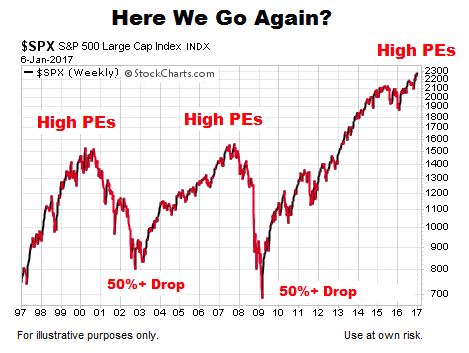 Bof A Says Dont Worry About Stretched Stock Market Valuations
Apr 22, 2025
Bof A Says Dont Worry About Stretched Stock Market Valuations
Apr 22, 2025 -
 Ftc Appeals Activision Blizzard Deal Ruling Microsoft Merger Uncertain
Apr 22, 2025
Ftc Appeals Activision Blizzard Deal Ruling Microsoft Merger Uncertain
Apr 22, 2025 -
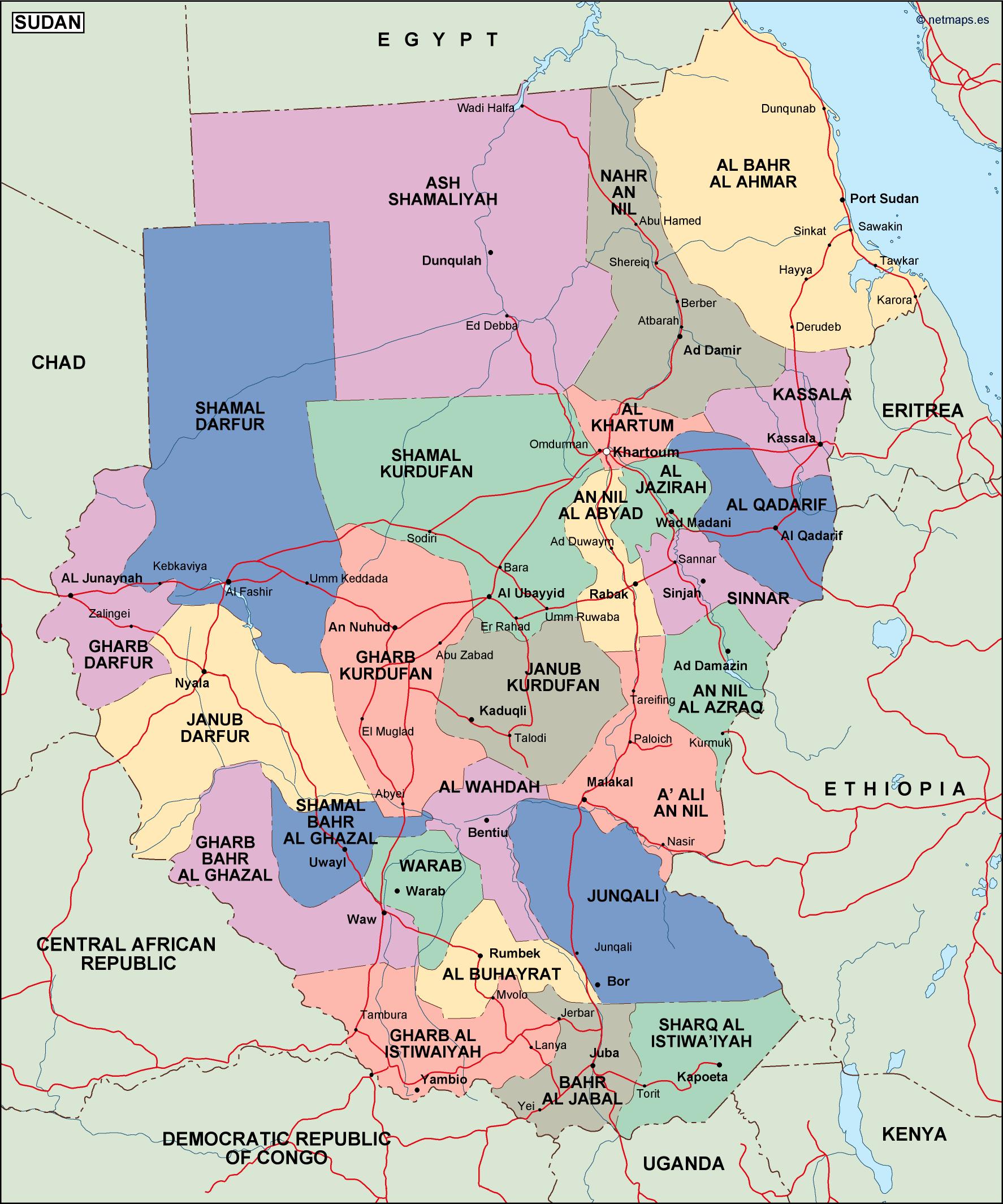 Joint Effort South Sudan And Us Coordinate Deportee Return
Apr 22, 2025
Joint Effort South Sudan And Us Coordinate Deportee Return
Apr 22, 2025 -
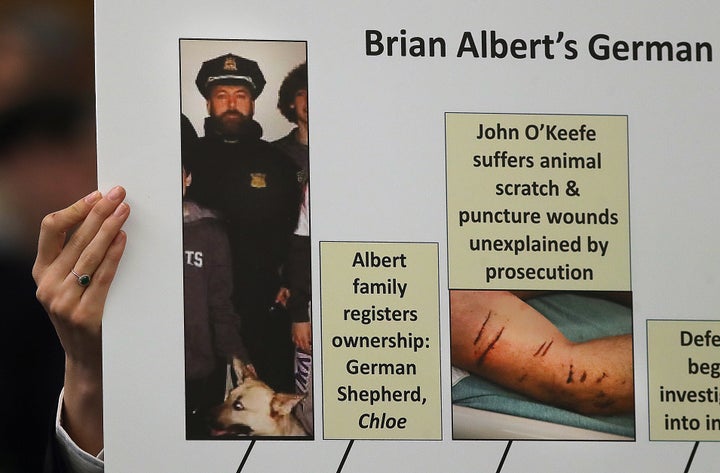 Karen Read Murder Trials A Complete Timeline
Apr 22, 2025
Karen Read Murder Trials A Complete Timeline
Apr 22, 2025 -
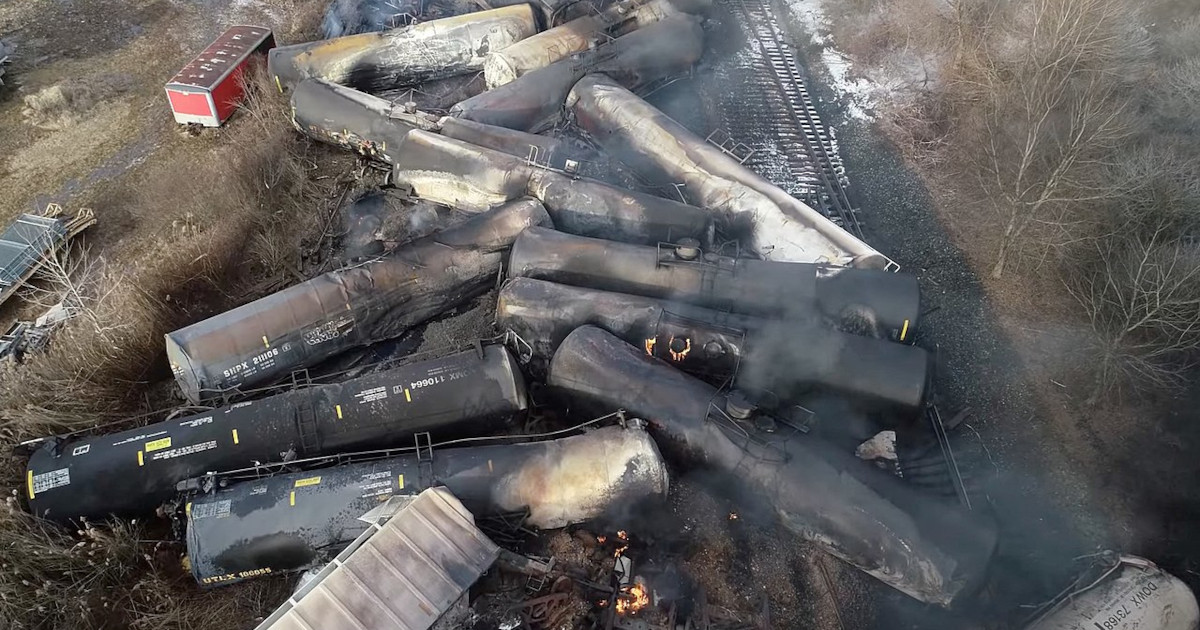 Toxic Chemical Residues From Ohio Train Derailment A Building Contamination Investigation
Apr 22, 2025
Toxic Chemical Residues From Ohio Train Derailment A Building Contamination Investigation
Apr 22, 2025
